The movie industry garners its inspiration from all kinds of sources. Many of the biggest blockbuster films are based on real-life stories and events or inspired by plays or even songs. But by far, the most popular place moviemakers turn to for inspiration is books.
There are countless movies based on books. Some are incredible, and some are downright terrible. As book lovers, we’ve all excitedly sat down to watch the movie version of one of our favorite reads, only to be sorely disappointed with how a director has presented the story. Often, they cast the wrong actors to portray the main characters or deviate wildly from the text, leaving us fans of the original work feeling cheated.
But have no fear, you won’t find any bad book-to-movie adaptations on this list. Here are nine of the all-time greatest Hollywood movies based on books.
1. The Color Purple

Alice Walker’s classic 1983 novel, The Color Purple, was adapted to the silver screen just two years after the book was initially published.
For those not in the know, Walker’s book is a powerful tale of two African American sisters, Celie and Nettie, who grow up in Georgia during the early 20th century. Their respective stories are told through a series of letters between the sisters that span two decades. Their letters tell of the pain and struggle they face during their long separation, as well as the intimate relationships and bonds they formed with others over those years.
In terms of the plot and the characters, Stephen Spielberg’s movie adaptation is strikingly faithful to the original novel.
Whoopie Goldberg stars as Celie, and her sister Nettie is played by Akosua Busia. Incidentally, this was Goldberg’s movie debut, and her mind-blowing performance earned her her first-ever Oscar nomination. Both actors do an incredible job of portraying the sister’s inner thoughts and feelings. Their stellar performances capture the power, resilience, and determination that Walker intended for these dynamic characters.
2. The Princess Bride
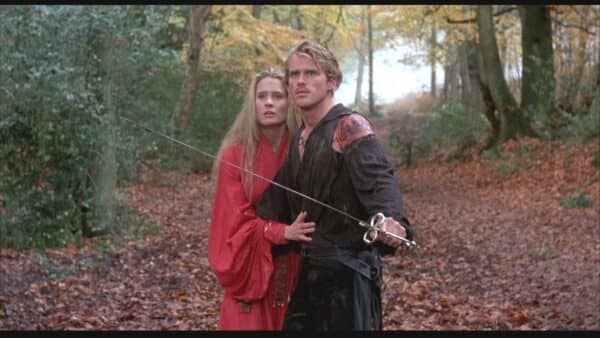
William Goldman’s epic 1973 novel, The Princess Bride, tells the fascinating tale of fantasy, adventure, and romance. Set in a renaissance era world, it follows the story of a young farmhand named Westley, who sets out on a dangerous mission to rescue his true love, the beautiful Buttercup, after being kidnapped and forced into marriage with Prince Humperdink.
Condensing Goldman’s lengthy novel into a movie format was a challenge. Still, thankfully the author himself was an experienced screenwriter, and he adapted his original novel into the final screenplay. It’s due to this that the movie stays so true to the original story. The most important and enriching details are maintained and elaborated. At the same time, other less crucial elements in the novel are glossed over or cut out entirely, yet never to the detriment of the overriding mood, tone, and theme of the tale.
Directed by Rob Reiner, the film was released in theatres in 1987, and to this day, it remains one of the most treasured movies of all time.
3. Psycho
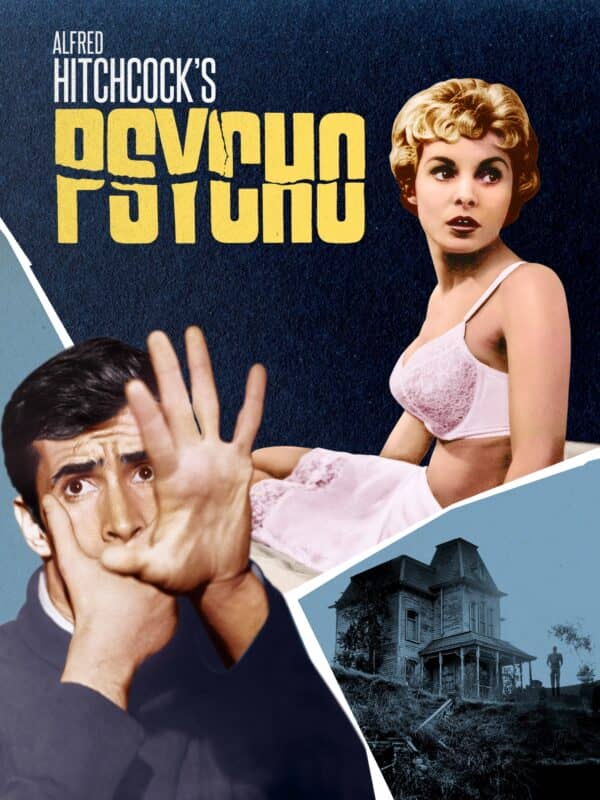
This classic 20th-century horror movie, released in 1960, is surprisingly different from the original book. Published just a year earlier in 1959, Robert Bloch’s novel portrays Norman Bates as nothing more than a middle-aged alcoholic, while Marion Crane’s protagonist plays only a minor role. Of course, in the film version, Bates is a much more sinister character who has more than a few skeletons in his closet. Marion’s character is also reshaped into a dynamic and complicated individual.
Although the silver screen version deviates significantly from the book, it’s a gripping novel and an essential read for any movie fan.
But of course, it was Hitchcock’s brilliant and masterful adaptation that turned this lesser-known work into a smash hit blockbuster, which went on to become a cornerstone of the horror and thriller movie genre.
Interestingly, it has long been rumored that Robert Bloch based his original tale on the real-life murderer and bodysnatcher Ed Gein, known as the notorious Butcher of Plainfield, or the Plainfield Ghoul. Gein lived just 35 miles from Bloch’s Wisconsin home. However, the author says that most of the similarities between the two stories are merely a coincidence.
4. The Wizard of Oz

The Wizard of Oz is still one of the most influential and pivotal movies ever shown on the silver screen, and it delights audiences young and old to this day. However, it’s easy to forget just how mindblowing this type of cinematography was when it was first released in 1939.
The original tale, entitled The Wonderful Wizard of Oz, was written by American children’s author Lyman Frank Baum and published in 1900. As most of us now know, it tells the tale of a young farm girl from Kansas who is swept up in a powerful tornado and taken to a magical land named Oz. But when her house lands on a wicked witch, she immediately makes a mortal enemy. Alongside her newfound friends, she makes her way down the yellow brick road, all the way to the Emerald City to petition the help of the great and powerful Wizard of Oz.
Just two years after the book’s original publication, the story was transformed into a major Broadway musical which became a roaring success. A few years later, in 1910, it was also adapted into a lesser-known 13-minute silent movie, which features an alternative ending where Dorothy decides that instead of going back home to Kansas, she’ll stay with her new friends in Oz.
But it was over 35 years later that this enchanting tale became one of the most groundbreaking fantasy films of all time. Directed by Victor Lonzo Fleming and starring the legendary actress Judy Garland, who plays Dorothy, the movie is packed with vibrant color, groundbreaking special effects, and fantastic characters that bring the imagination to life unlike any other film at the time. Although the story remained relatively true to the original book, there is one key difference; Dorothy’s famous ruby red slippers were depicted as silver in the original text.
5. 12 Years a Slave
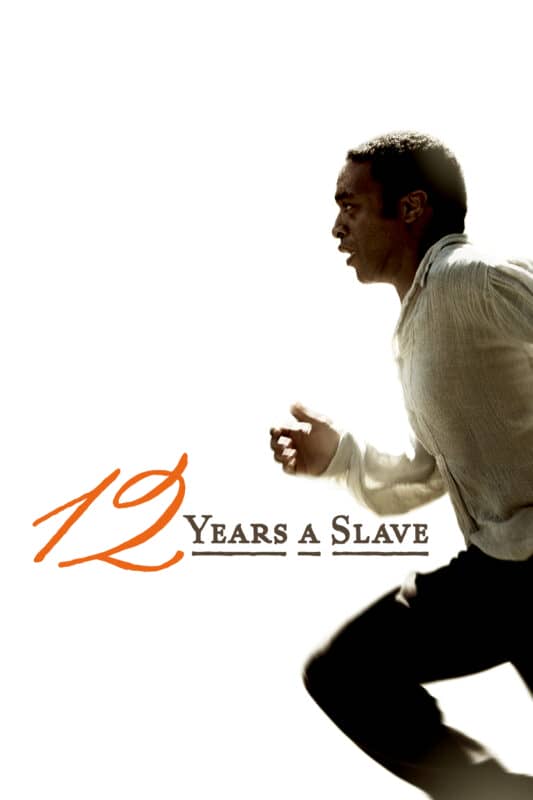
Directed by the great Steve McQueen and released in 2013, this movie took its inspiration from the same title, published way back in 1853. It follows the gripping true-life tale of Soloman Northrup, a 19th-century black man who lives a free life in the north, only to be kidnapped and sold into slavery in the deep south. For the next 12 years, he is forced to work on plantations, suffering under the tyranny of his white masters. All the while, he desperately tries to make his way back to his family.
After regaining his freedom, Northup wrote his powerful memoir and became an active and influential member of the abolitionist movement, which helped lay the foundations for emancipation across the United States.
In the movie, Solomon is played with impeccable skill by Chiwetel Ejiofor, who went on to win a BAFTA award for Best Actor. The film was also awarded a Golden Globe for Best Motion Picture and three Academy Awards for Best Picture, Best Adapted Screenplay, and Best Supporting Actress.
6. The Shawshank Redemption
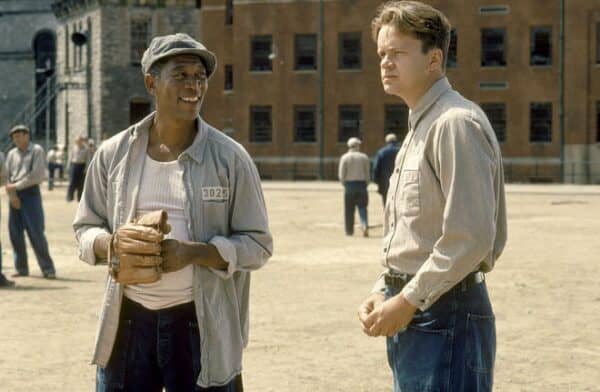
Stephen King’s books have been adapted into countless classic movies over his long and fruitful career. Still, none of them are as well-loved and enduring as The Shawshank Redemption.
Based on King’s 1992 novella “Rita Hayworth and the Shawshank Redemption,” the movie was released just two years later in 1994. It tells the fascinating and captivating tale of an innocent man named Andy Dufresne, played by Tim Robbins. He is incarcerated in the brutal Shawshank State Penitentiary. Andy befriends and counsels a fellow prisoner named Red during his years inside, played by Morgan Freeman. Through his patience, intelligence, and gentle demeanor, he changes the landscape of the prison system, not just for himself but for his fellow inmates too.
The movie was nominated for more Academy Awards than any other Stephen King film adaptation before it, including Best Picture, Best Adapted Screenplay, Best Cinematography, Best Editing, Best Sound, and Best Original Score. Both Robbins and Freeman were nominated for Golden Globe Awards, Academy Awards, and the Screen Actors Guild for their unforgettable performances.
7. The Remains of the Day

This timeless novel, written by Nobel Prize-winning British author Kazuo Ishiguro, is a masterpiece in its own right. One of the best-loved novels of the 20th century, the book is a gentle yet provocative character study set in an ancient time during the winding down of the English aristocracy.
The British/American made movie, directed by James Ivory, stars Anthony Hopkins as James and Emma Thompson, alongside James Fox, Christopher Reeve, Hugh Grant, Ben Chaplin, and Lena Headey.
Both the book and the movie center around an English butler named James Stevens, however in the book, the story is presented solely through Stevens’s eyes. In contrast, in the movie, several characters have an equal perspective. This gives the viewer a new and intriguing insight into Stevens, his life, and his experiences. And while Ishiguro’s story ends with a degree of hope and promise, the movie takes a more somber and sad approach.
Still, the prominent bones of the story are retained, and the movie stays relatively true to the events that unfold in the pages of this classic tale. Both the book and the film are regarded as a masterpiece in their own right.
The original novel received the 1998 Man Booker Prize for Fiction. The movie was nominated for an incredible eight academy awards. The British Film Institute ranked it as the 64th-greatest British film of the 20th century.
8. Schindler’s List

This most moving of movies tells the life story of Oskar Schindler, who, despite being a member of the Nazi Party, went on to save more than 1,200 Jewish lives during the Holocaust. But before Stephen Spielberg’s blockbuster movie was released in 1993, Australian author Thomas Keneally released the unforgettable 1982 Booker Prize-winning novel.
The original title of the book was Schindler’s Ark, which was changed to Schindler’s List for the American readership. It was later reissued under the same title for all English-speaking Commonwealth countries. Though the movie is more well known worldwide, Keneally’s novel was also a huge sensation when it was first published. So much so that it was awarded the LA Times Book Prize in 1983.
Both the novel and the movie tell one of the most emotional and poignant stories ever told. Rooted in actual historical events with fictionalized elements, they both serve as a striking reminder of one of the most harrowing and despicable events in history.
9. The Lord of the Rings: The Fellowship of the Ring
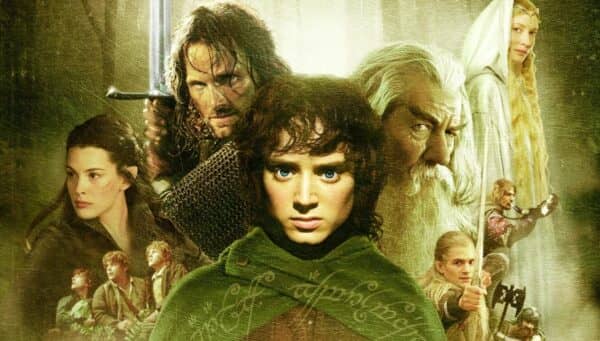
Peter Jackson’s epic takes on Tolkien’s Lord of the Rings trilogy have all been blockbuster sensations. Still, it’s the first movie, The Fellowship of the Ring, that stands out as a timeless piece of classic cinema.
Based on JRR Tolkien’s epic 1954 classic fantasy publication of the same name, the story takes place in Middle Earth, a fictional universe filled with fascinating creatures and characters such as hobbits, elves, orcs, wizards, dwarves, and mortal men.
It begins when an unsuspecting hobbit named Frodo Baggins finds himself in possession of a powerful ring. With dangerous forces in hot pursuit, Frodo, his faithful friend Sam, and an eclectic mix of characters must deliver the ring from the safety and tranquility of their home in The Shire to Mount Doom in Mordor. Here, it will be destroyed, never to fall into the hands of evil again.
Incredibly, Peter Jackson manages to condense this hefty piece of literature into movie format. At 178 minutes running time, it’s one of the longer movies out there. Still, its mindblowing visuals, dynamic characters, and cutting-edge special effects keep the viewer hooked and wanted more right to the very end.
Conclusion
These timeless movies were all conceived from classic novels and novellas that shaped literature throughout the 19th and 20th centuries. If you haven’t read the book or seen the movie version of these nine incredible tales, then I highly recommend that you do.
What is your favorite book to movie adaptations? Let me know in the comments below!



